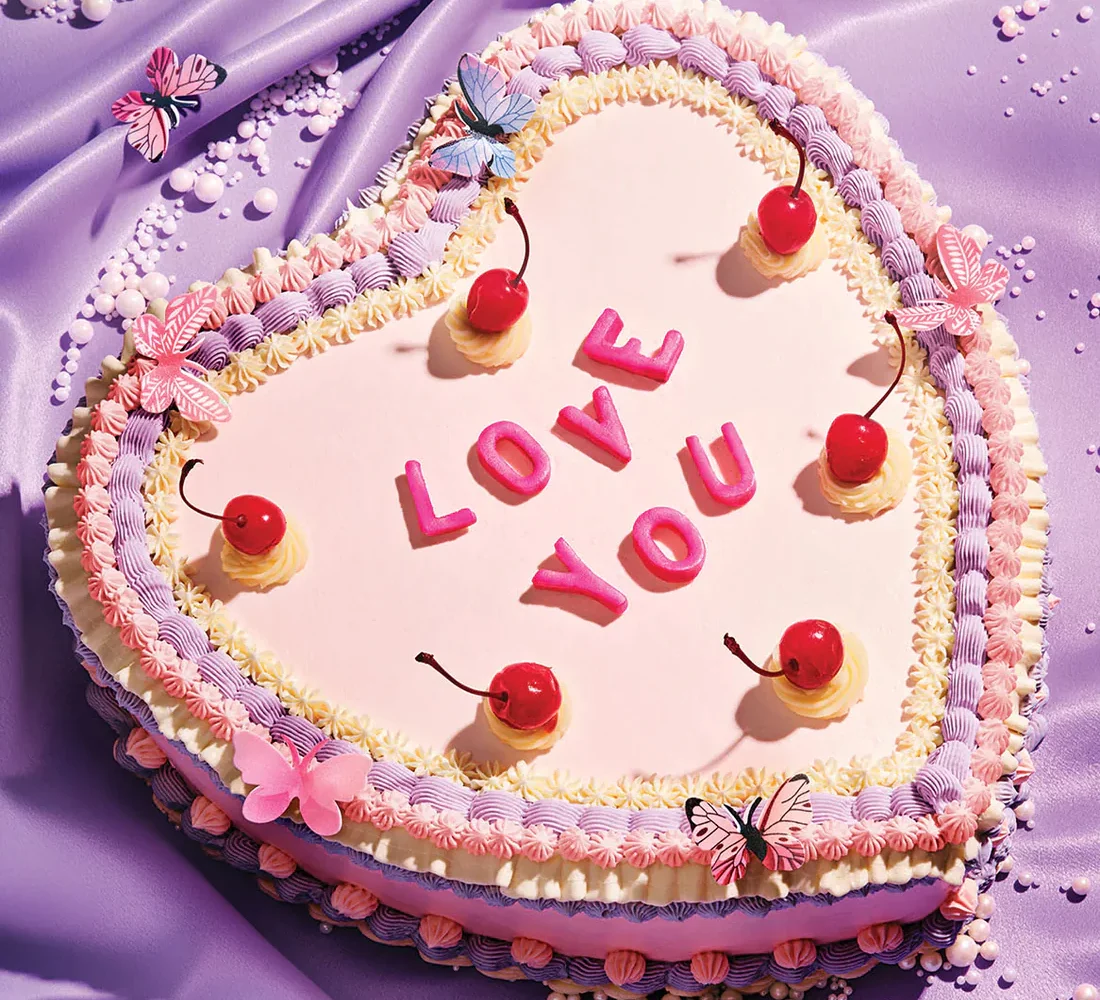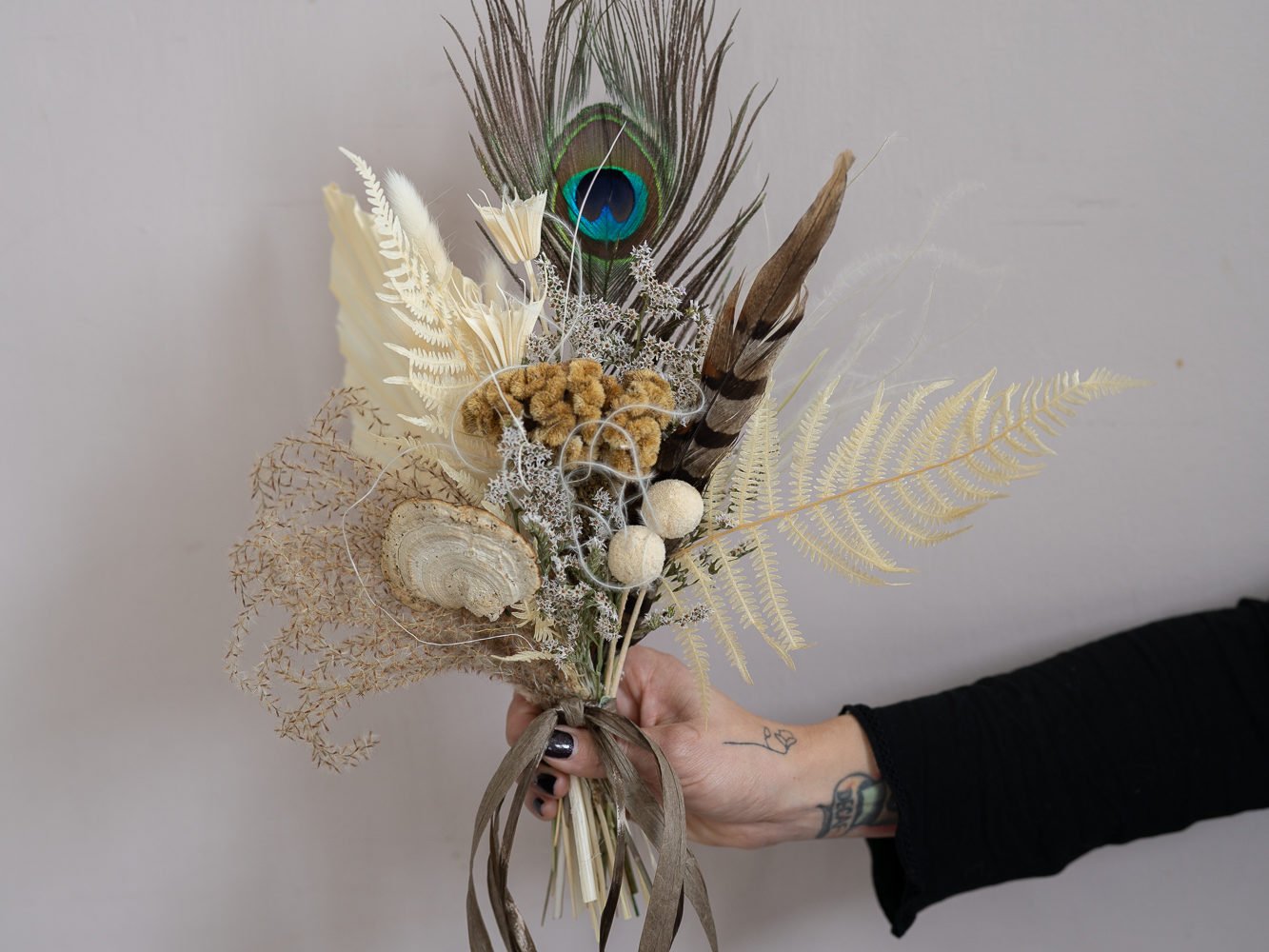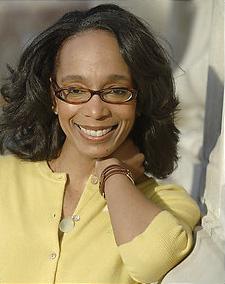
Washington Post fashion columnist Robin Givhan spoke Thursday evening at the Corcoran Gallery of Art in conjunction with the current Richard Avedon exhibit, “Portraits of Power.” Givhan, a Pulitzer Prize-winning author, gave a brief speech about the link between fashion and power, then opened the floor to questions from the 80-odd audience members.
“My comments [about this exhibit] are like tiny little crumbs in this feast,” she started.
Givhan began her talk with an examination of male power, speaking of an article she wrote about Vernon Jordan in 1999. Jordan, a former adviser to President Clinton, was an imposing figure on the Washington scene in part because of his position of power at the time but also because of his clothing, she explained.
“His suit was his armor, his ammunition,” Givhan said. An impeccably tailored suit carries clout that’s difficult to achieve through mannerisms or political power alone. When two senators meet, one wearing an off-the-rack Brooks Brothers combination and another a bespoke Savile Row ensemble, the power dynamic shifts.
Givhan lamented that women, for the most part, lack this standard wardrobe item—there’s nothing that neutralizes, normalizes, and levels the playing field quite like a suit.
Further explaining her views in terms of presidential politics, she suggested that President-elect Obama’s choices of clothing add extra appeal. He carries himself informally even when wearing the most formal of attire—and “that coolness is a kind of power.”
Givhan noted that Hillary Clinton, like Obama, uses suits to convey a certain tone. After winning a New York Senate seat, Clinton jokingly thanked her black pantsuits, worn endlessly throughout the campaign. By wearing a simple black suit over and over again, Clinton eliminated all discussion of wardrobe from the campaign, forcing constituents and media alike to focus on her words and policies rather than her fashion. Similarly, for the presidential campaign, Clinton adopted suits in a rainbow of colors, modifying her wardrobe as appropriate for a national stage.
On the other hand, Givhan said that the women in politics this year—Michelle Obama, Cindy McCain, and even Sarah Palin—used fashion in an entirely different manner.
Michelle Obama leans toward contemporary designers—famously sporting a $148 dress on The View. “We ignored Michelle Obama’s expensive outfits because of the White House/Black Market dress,” Givhan explained, suggesting that Mrs. Obama’s wardrobe further corroborated the public’s perception of what she stood for as an individual and potential first lady.
Cindy McCain, similarly, chose an array of expensive dresses by big-name designers, a fact that didn’t bother most followers of the campaign. Her image and persona were one and the same—that of a wealthy, well-educated white woman.
Sarah Palin, on the other hand, “used fashion to convey ‘pretty,’ not power,” said Givhan. If Palin had spent the $150,000 at Wal-Mart rather than at Neiman Marcus and Saks, Givhan suggested, perhaps people wouldn’t have been so appalled at the cost of her wardrobe. But the high-end designs and expensive jewelry were out of touch with her “Joe Six Pack” audience. Additionally, Palin’s wardrobe, while expensive, wasn’t particularly noteworthy: Nothing about her clothing choices crafted an image of power.
Predictions for the Future
The incoming first couple has expressed an interest in fashion, which might mean good things for the fashion industry, Givhan speculates. Michelle Obama’s choices of lesser-known designers such as Thakoon and the now-infamous Narcisco Rodriguez dress will position new designers as power players, and Barack Obama’s signature look will likely be emulated by generations to come.
When discussing her own predictions for inaugural gowns, Givhan called the concept “anachronistic” and simply stated that it would be near impossible to please everyone. “Safe” seems to be the byword. “It’s akin to choosing a wedding dress,” she said. “The concept is steeped in tradition.” After all, this is the gown that will go to the Smithsonian.
Personal Preferences
During the audience-question portion of the discussion, Givhan expanded on everything from her favorite celebrities (“I’m a sucker for George Clooney”) to the best-dressed stars—she says it’s a hard choice but she always admires Cate Blanchett and Tilda Swinton.
Surprisingly, Givhan doesn’t count herself among the fashion elite when it comes to wardrobe choices. Sure, she might spend more on a single dress than most women do—a fact of life when you spend your days and nights in the New York fashion scene—but “I have a mortgage to pay,” she explains. “It’s all about self-restraint.”
More>> Shop Around Blog | Style | Find a Spa


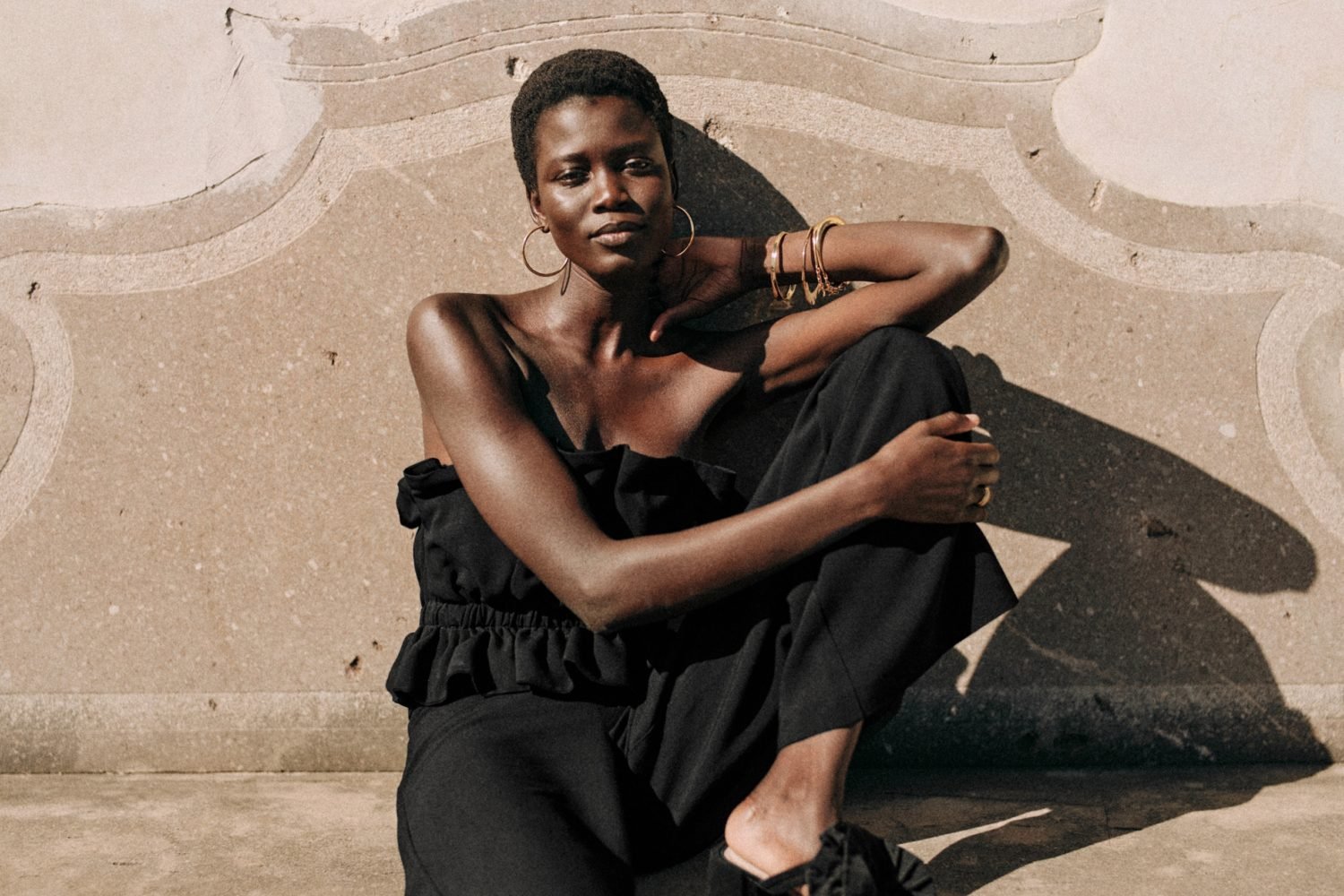
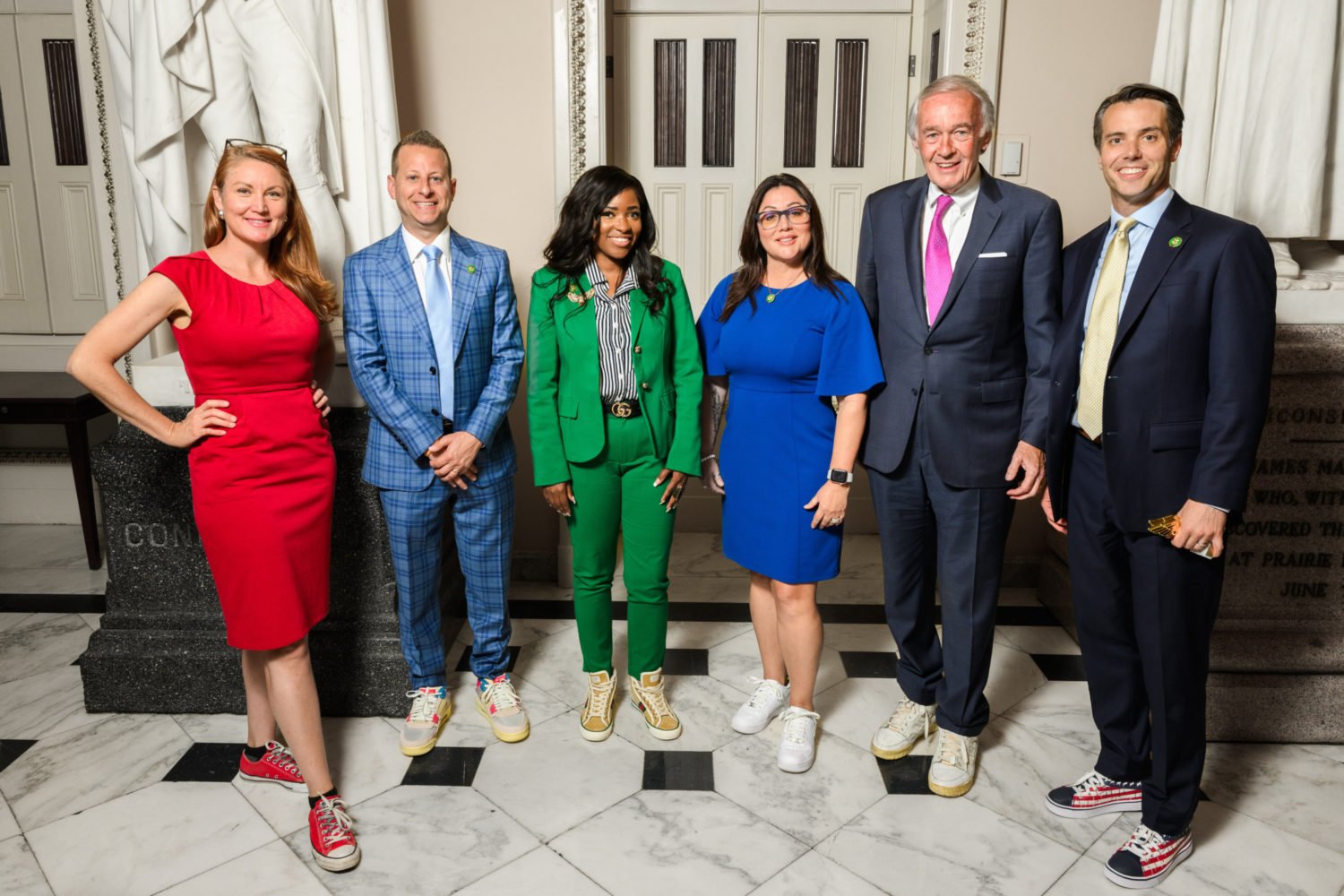
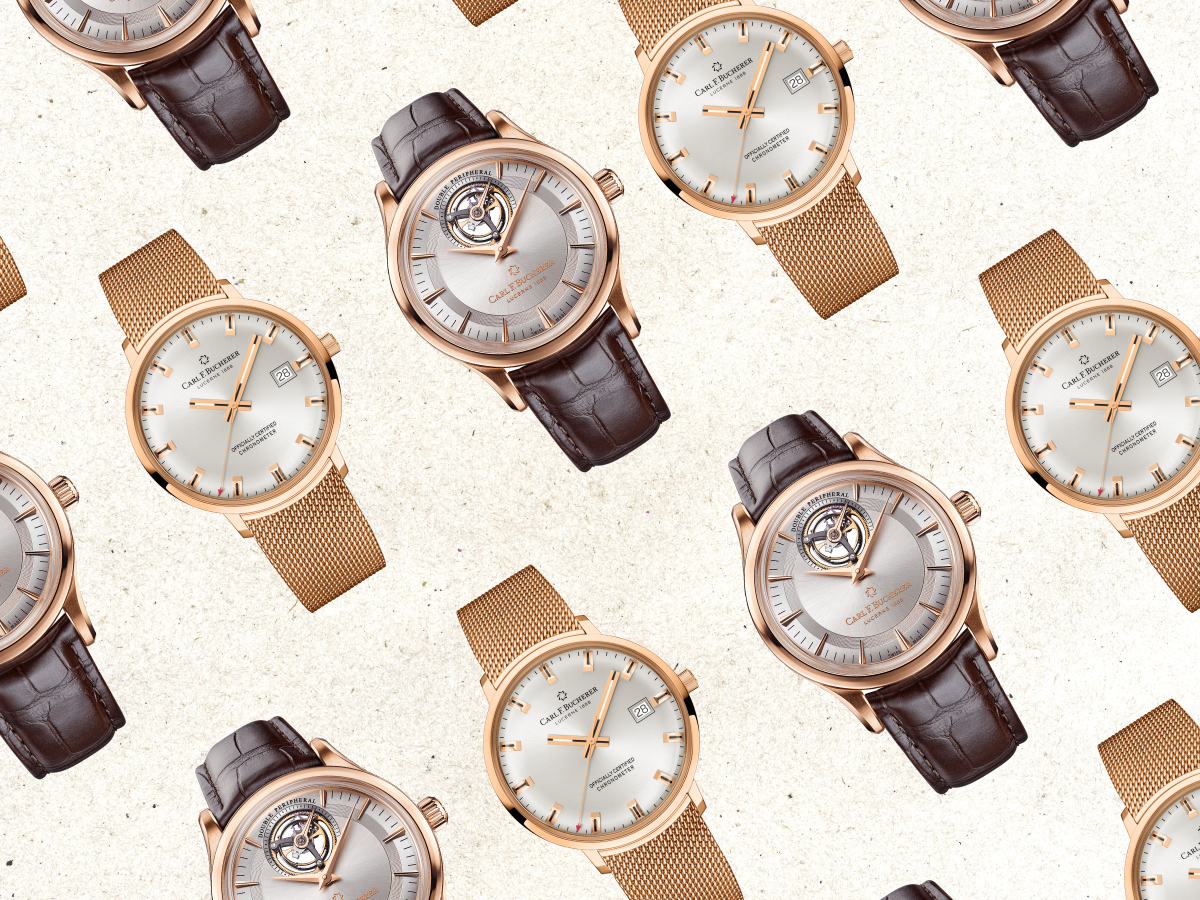
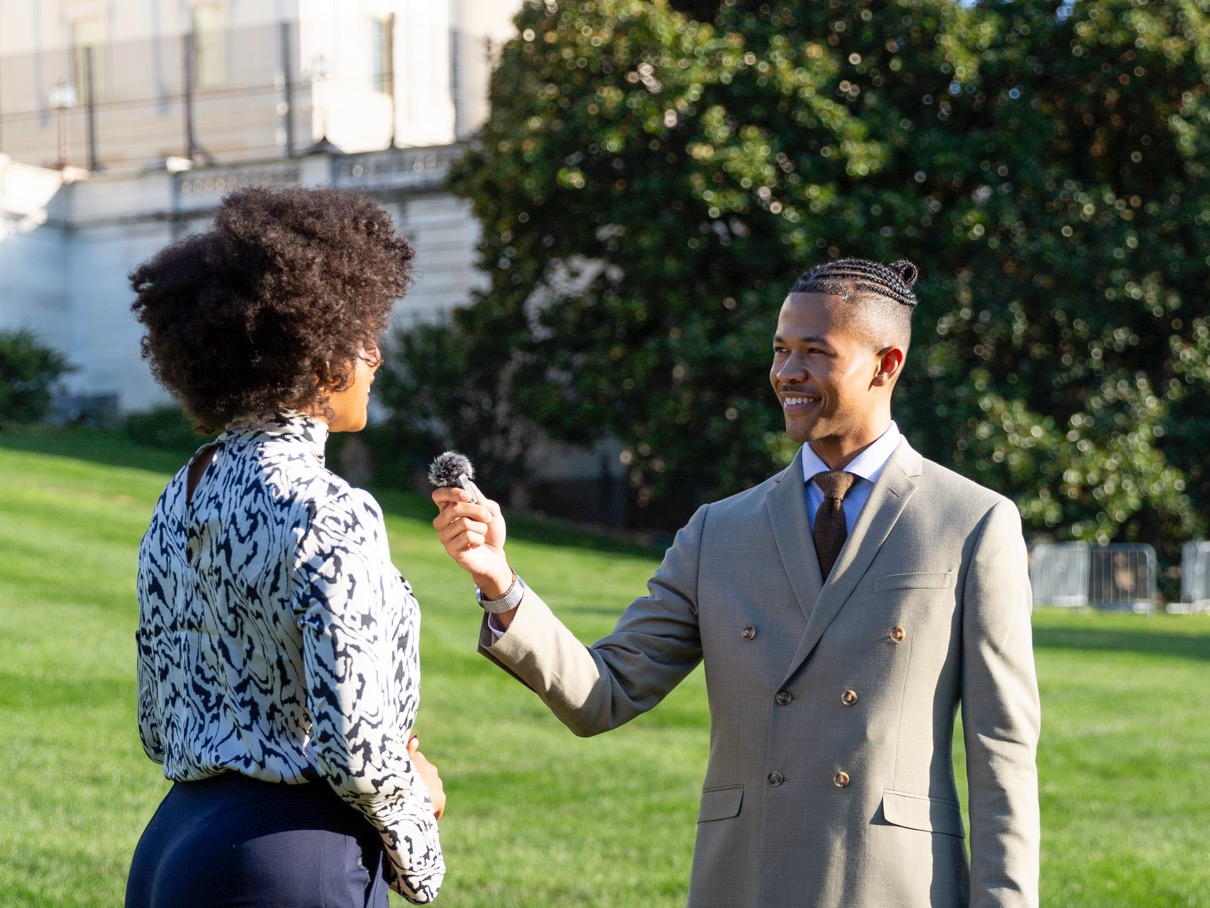
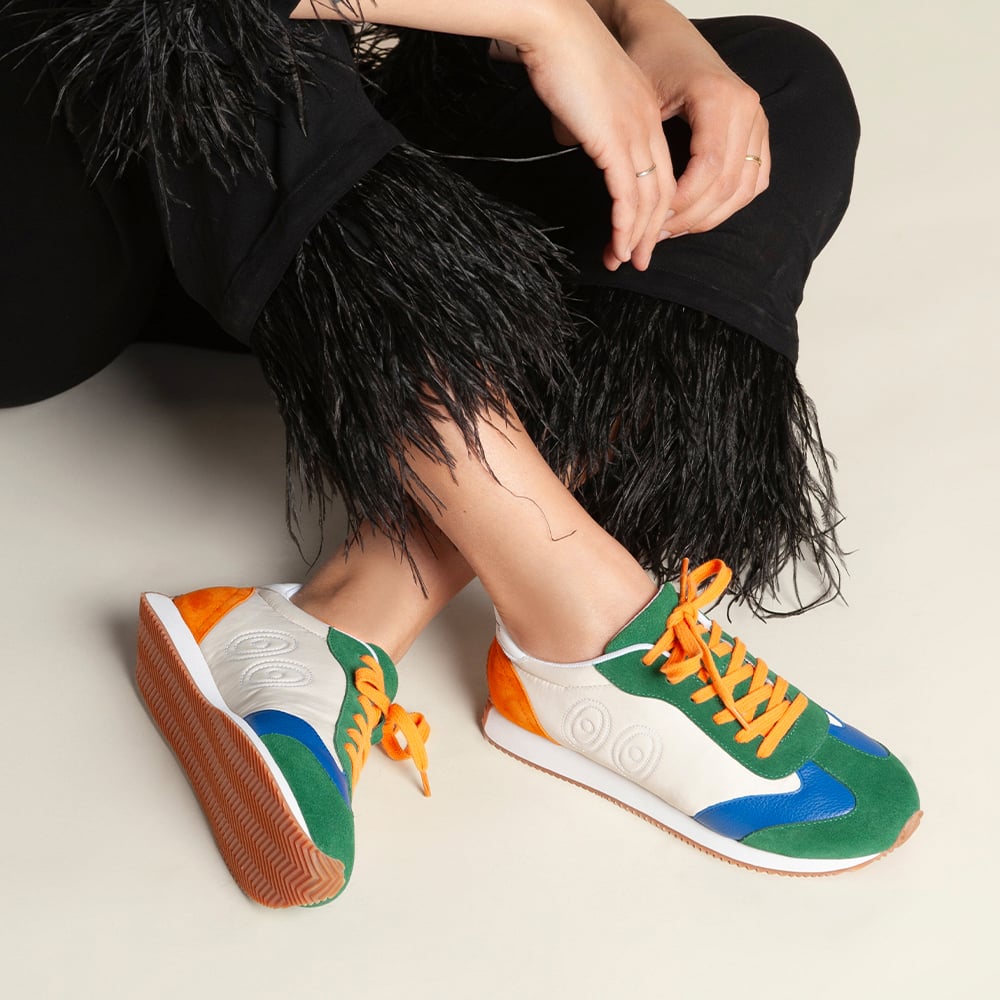
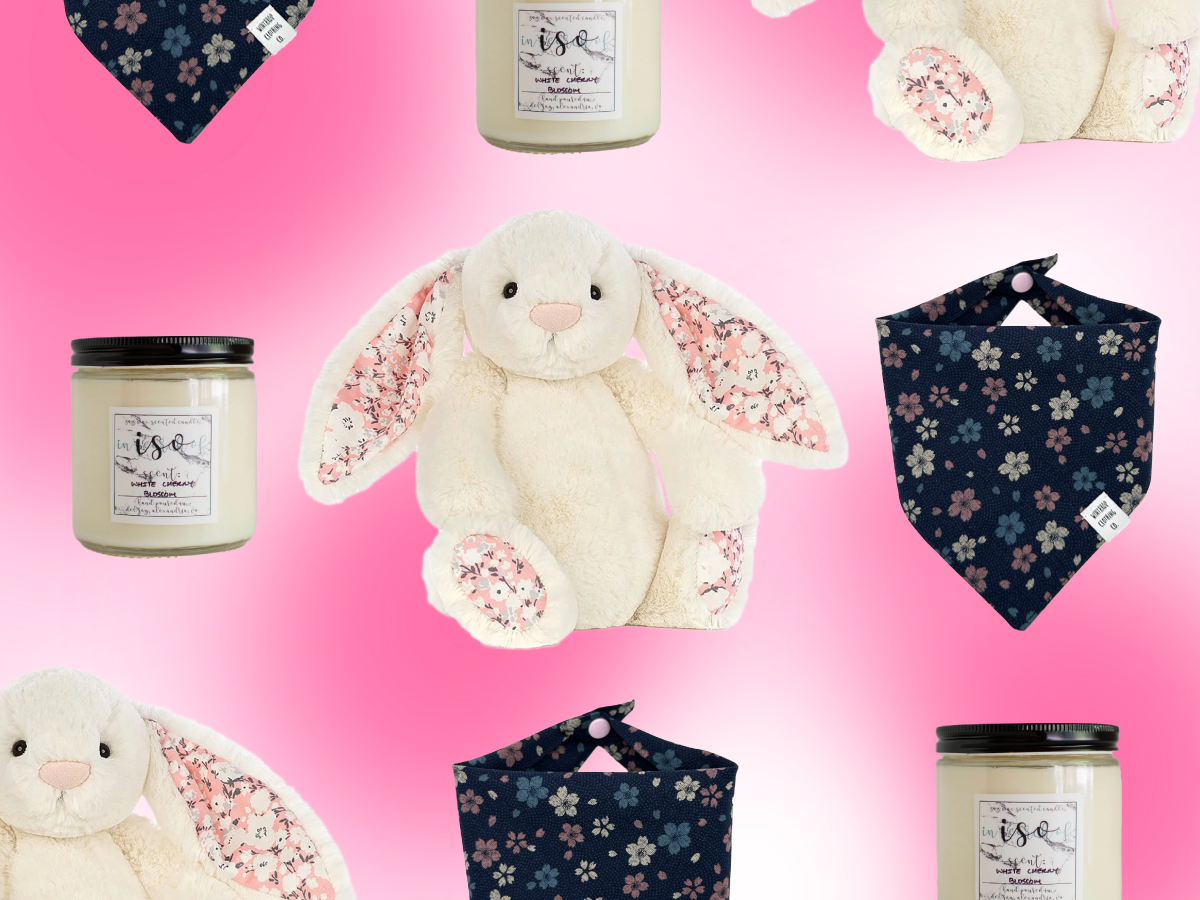
![Rockville-Town-Square-Library-View-[Credit-City-of-Rockville]-scaled-down - Washingtonian](https://www.washingtonian.com/wp-content/uploads/2024/02/Rockville-Town-Square-Library-View-Credit-City-of-Rockville-scaled-down-1500x1000.jpg)


